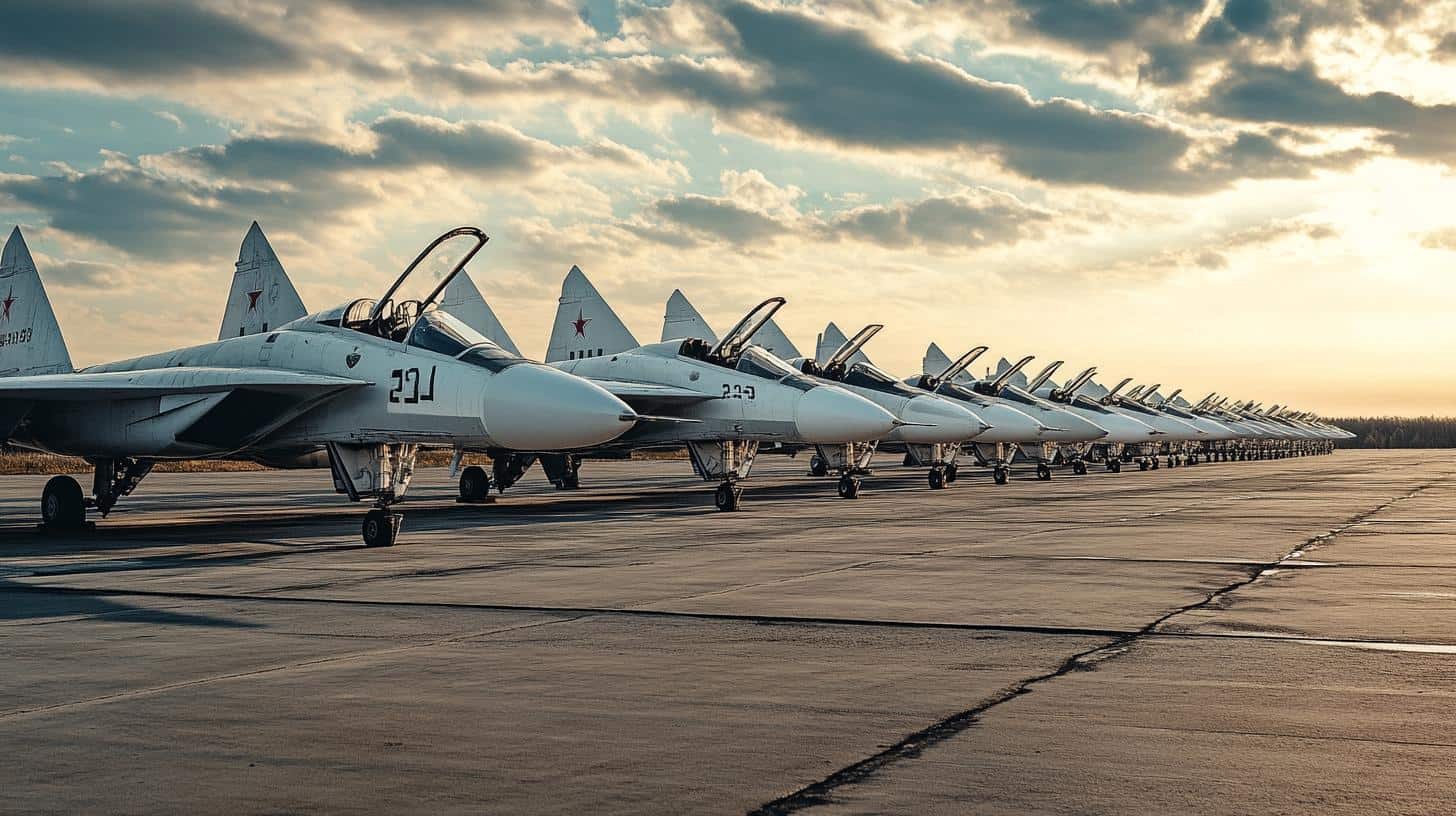In an unexpected move in the late 1990s, the United States acquired 21 MiG-29 fighter planes from Moldova, effectively stopping Iran from getting its hands on these advanced Soviet-era aircraft. Despite being designed during the Cold War to rival U.S. jets like the F-15 and F-16, the MiG-29 “Fulcrum” stood out with its cutting-edge aluminum-titanium alloy construction and unparalleled maneuverability.
Technological Superiority
One key feature of the MiG-29 was its advanced helmet-mounted cueing systems, which were initially more sophisticated than similar American technology. The acquisition allowed the U.S. not only to prevent Iran from potentially reverse-engineering these platforms but also to gain invaluable insights into Soviet aerospace design. Israel, with access to the MiG-29, learned valuable lessons analyzing its combat strengths and weaknesses.
Strategic Timing
At a time when Iran expressed interest in procuring these fighters, the purchase by the U.S. was a strategic maneuver. Former Defense Secretary William S. Cohen noted the significance of securing these planes, describing them as essential items on America’s “shopping list.” This transaction was part of a broader strategy by the State Department to secure components from the dissolved Soviet Union’s military assets.
Global Interest
The MiG-29 demonstrated the USSR’s aerial advancements, making it a sought-after fighter worldwide, with export versions reaching countries like India, Syria, and Poland. The U.S.’s timely purchase was another chapter in its efforts to maintain global military balance by keeping advanced technology out of adversary hands.
The Secret Impact of the U.S. Acquisition of MiG-29s on Global Military Dynamics
In the ever-evolving landscape of international defense relations, unexpected maneuvers can shift the balance of power and alter regional dynamics. The late 1990s U.S. acquisition of 21 MiG-29 fighter jets from Moldova is a prime example, a move that reverberated beyond the immediate goal of preventing Iran from enhancing its military capabilities.
Economic Implications
While the immediate focus was on the military strategic advantage, the acquisition had economic ripple effects. Moldova, facing dire economic challenges post-Soviet disintegration, received financial relief from the sale. This transaction enabled Moldova to stabilize its fledgling economy at a crucial juncture, illustrating how military assets can serve as economic leverage during geopolitical negotiations.
Diplomatic Outcomes
The deal with Moldova also had broader diplomatic implications. It strengthened the U.S.’s ties with Eastern European countries transitioning from Soviet influence, helping to pave their integration into Western-oriented alliances. This aspect of soft power diplomacy showcased how military acquisitions can be tools of influence beyond their apparent strategic objectives.
Regional Military Balance
For Iran, the missed opportunity to acquire MiG-29s marked a considerable setback in their efforts to modernize their air force. This stalling of their military advancement likely changed the regional power dynamics in the Middle East, affecting interactions between Iran and its neighbors and potentially altering the course of regional conflicts.
Technological Insights and Controversies
The U.S.’s ability to study advanced Soviet technology allowed for further advancements in American military aviation technology, potentially narrowing any gaps between the two superpowers. However, this acquisition raised ethical debates about the lengths to which nations should go to stifle technological proliferation, igniting controversy over whether such actions in the international arena contribute to global peace or further tensions.
Advantages and Disadvantages
The clear advantage lay in preventing Iran from strengthening its aerial combat capabilities, thus maintaining a military edge in the Middle East. For NATO allies, particularly those with Soviet-era hardware, it provided a blueprint for modernizing their own fleets with knowledge gained from the MiG-29s.
Conversely, such acquisitions can inadvertently accelerate arms races, provoking nations excluded from certain technologies to invest more aggressively in their military developments. It raises the question: Do these strategic moves genuinely enhance security, or do they create a cycle of perpetual tension?
Thought-Provoking Questions
– How do such acquisitions influence the defense policies of countries on the receiving end? They often have to recalibrate their defense strategies and consider alternative methods to counterbalance perceived threats.
– What role do economic factors play in the decision to sell military equipment? For struggling economies, selling military assets can be a lifeline, illustrating the complex interplay between economic necessities and national security considerations.
For those interested in the geopolitical ramifications of military acquisitions and defense strategies, further exploration can be found through resources like RAND Corporation and Center for Strategic and International Studies (CSIS), providing in-depth analysis and ongoing reports on global defense trends.







